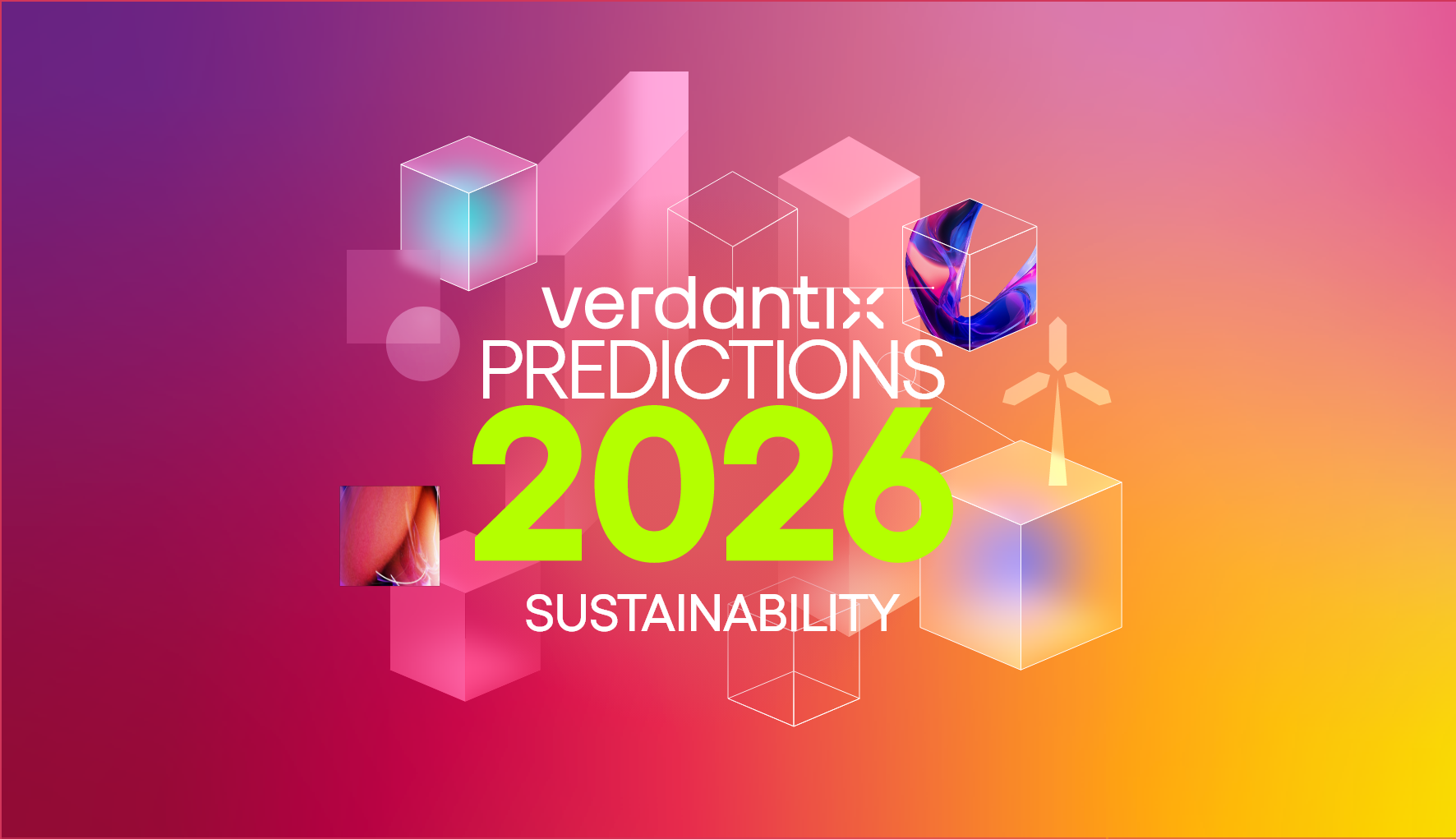Look Around, The Drivers Of Sustainability Are (Almost) Everywhere
At the start of 2025, I expected an exciting year for sustainability. Well, it certainly has been exciting, just not exactly in the ways I’d hoped. From the EU Omnibus to President Trump’s Executive Orders to the latest US–EU deal, sustainability professionals have so far spent much of the year on edge.
Regulations: the wildcard
Regulations remain both the biggest driver (hi, California) and barrier for sustainability spending. The regulatory landscape is shifting constantly, forcing businesses to re-strategize on the fly. Many firms have already poured resources into CSRD-related initiatives; while some of that investment now feels like sunk cost, it has yielded better data and a clearer view of how to futureproof operations. Yet the uncertainty is slowing everything down: decision cycles are dragging, and businesses remain in wait-and-see mode.
Capital at the crossroads
Capital has long been a catalyst for sustainability. For years, investors have been at the forefront, joined by financial institutions shaping how fast and how far the sustainability transition goes. But in 2025, the story is more fragmented:
- In the US, signals are mixed. Some asset managers (New York, we see you) are being pressed to submit credible net zero transition plans to qualify for pension mandates. At the same time, CEOs of major investment firms are being warned not to factor sustainability into decision-making.
- In Europe, momentum is clearer and stronger. The European Central Bank (ECB) has criticized the Omnibus for curbing its ability to manage climate risk. Norges Bank – an often-repeated example – continues to require science-based targets and transparent reporting from its portfolio firms. Lloyds Bank has launched a centre of excellence for Voluntary Carbon and Nature Markets. HSBC reported $54.1 billion in sustainable finance deals in the first half of 2025, Barclays earned £500 million in sustainable and low-carbon transition finance in 2024, and the UK’s FCA is seeing maturity emerge in the sustainability-linked loan market. On the other side of the coin, Dutch pension fund PFZW, has pulled $34 billion from BlackRock and LGIM over sustainability concerns.
The through-line: central banks, asset managers and lenders are weaving sustainability deeper into Europe’s financial system. The US, meanwhile, is split between acceleration and retrenchment. On balance, finance is not walking away from sustainability – it is embedding it, albeit unevenly.
The consumer pressure point
Regulators and investors may dominate headlines, but consumers are (re)shaping the market too. PwC finds shoppers are willing to pay a 10% sustainability premium, even amid inflation. In India, 80% of consumers say climate and sustainability concerns strongly influence their choices. Meanwhile in the increasingly polarized US, nearly half of consumers report having bought an environmentally friendly product in February 2025, highlighting the growing strength of the sustainable products market. Unsurprisingly, brands are responding: L’Oréal, Neutrogena, Nivea and Eucerin have adopted the EcoBeautyScore system, giving their cosmetic and personal care products environmental ratings. Beyond credibility, this labelling differentiates them in a crowded market. In June 2025, the Global Impact Coalition (GIC) launched a new platform to connect consumer brands with the chemicals industry, aiming to reduce emissions and waste across value chains – a clear example of how consumer preferences are shaping collaboration across industries.
The hill I am willing to die on: sustainability is not going away. Even as regulation, finance and consumers push and pull in different ways, I’m confident that the combined weight of these forces guarantees that progress toward sustainability will endure.
About The Author

Priyanka Bawa
Senior Analyst





